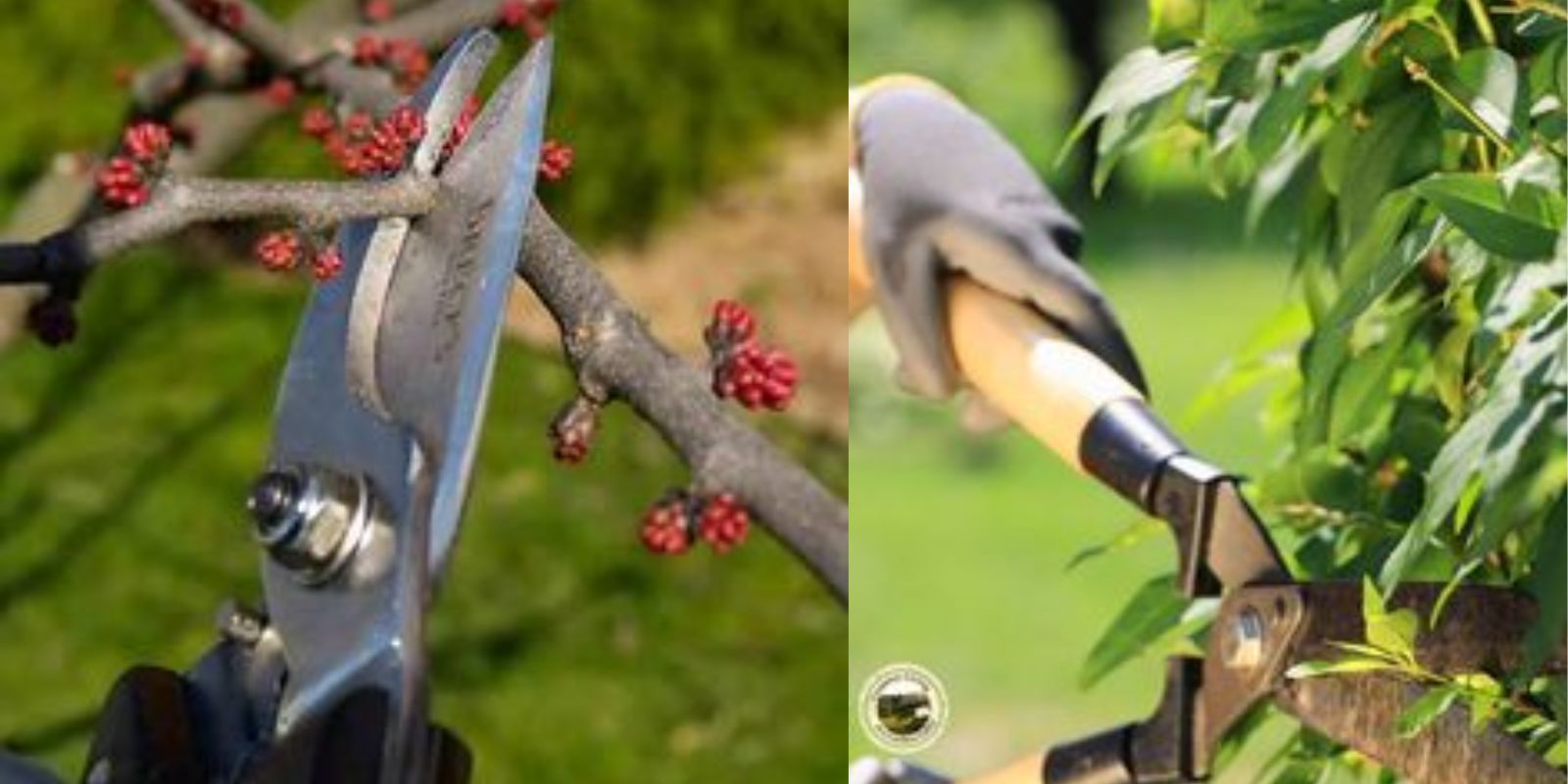Introduction
Pruning trees and shrubs is an essential gardening practice that promotes plant health, enhances aesthetics, and improves productivity. When done correctly, pruning can help control plant size, shape, and growth while removing dead or diseased wood. This comprehensive guide will explain how and when to prune trees and shrubs, ensuring your garden thrives year-round.
Understanding the Basics of Pruning
Pruning is the selective removal of certain parts of a plant, such as branches, buds, or roots. The goals of pruning can vary, but generally, it is done to:
- Remove dead, diseased, or damaged wood
- Control or direct growth
- Improve plant health and appearance
- Increase flowering or fruiting
- Maintain the plant’s natural shape
Pruning is both an art and a science, requiring knowledge of plant physiology and an eye for aesthetics.
When to Prune Trees and Shrubs
The timing of pruning is critical to the health of your plants. Different plants have different pruning needs, and improper timing can harm them.
- Dormant Season (Late Winter to Early Spring):
- Deciduous Trees and Shrubs: Most trees and shrubs should be pruned during their dormant season. This is typically late winter to early spring, before new growth begins. Pruning during dormancy minimizes stress and allows plants to heal quickly.
- Evergreen Trees and Shrubs: Prune evergreens in late winter or early spring before new growth starts. Avoid heavy pruning in late summer or fall, as this can stimulate new growth that won’t harden off before winter.
- After Flowering:
- Spring-Flowering Shrubs: Shrubs that bloom in early spring, such as lilacs and forsythias, should be pruned immediately after flowering. These plants form flower buds on old wood, so pruning after blooming allows the plant to set buds for the next year.
- Summer-Flowering Shrubs: Prune shrubs that bloom in summer or fall, like butterfly bush and hydrangea, in late winter or early spring. These plants bloom on new wood, and pruning encourages vigorous new growth.
- Regular Maintenance:
- Light Pruning: Light pruning to remove dead or damaged branches can be done at any time of the year. Regularly inspect your plants and remove problem areas as needed to maintain health and appearance.
How to Prune Trees and Shrubs
- Use Proper Tools:
- Pruning Shears: Ideal for small branches and stems up to ¾ inch in diameter.
- Loppers: Suitable for branches up to 2 inches in diameter.
- Pruning Saw: Necessary for larger branches.
- Pole Pruners: Useful for reaching higher branches without a ladder. Ensure your tools are sharp and clean to make precise cuts and prevent the spread of disease.
- Remove Dead, Diseased, or Damaged Wood:
- Dead Wood: Identify and remove dead wood, which is often dry and brittle. Cutting back to live wood helps prevent disease.
- Diseased Wood: Remove diseased branches promptly to prevent the spread of pathogens. Sterilize your tools between cuts to avoid contamination.
- Damaged Wood: Remove branches that are broken or damaged by storms or other physical stress.
- Cut Crossing and Rubbing Branches:
- Branches that cross or rub against each other can cause wounds that invite disease. Remove one of the crossing branches to prevent damage and improve structure.
- Shape and Balance the Plant:
- Thinning Cuts: Remove entire branches at their point of origin to open up the canopy and improve air circulation and light penetration. Thinning cuts help maintain the plant’s natural shape and reduce the risk of disease.
- Heading Cuts: Shorten branches by cutting back to a healthy bud or lateral branch. Heading cuts encourage bushier growth and can help control the size and shape of the plant.
- Avoid Over-Pruning:
- Over-pruning can stress plants, reducing their vigor and making them susceptible to disease and pests. A general rule of thumb is to remove no more than 25% of the plant’s foliage at one time. This ensures the plant retains enough leaves to photosynthesize and produce energy.
- Consider the Plant’s Natural Form:
- Each plant has a natural growth habit that should guide your pruning. For example, conifers have a central leader that should not be cut back, while many shrubs benefit from a more open, vase-like shape. Research the specific needs of your plants before pruning.
Specific Tips for Common Trees and Shrubs
- Deciduous Trees:
- Prune to remove crossing branches and maintain a strong central leader.
- Remove lower branches to raise the canopy and improve air circulation.
- Evergreen Trees:
- Avoid cutting into old wood that lacks green needles, as many evergreens do not regenerate from old wood.
- Prune to shape and control size, but be cautious not to remove too much foliage at once.
- Flowering Shrubs:
- Prune spring-flowering shrubs immediately after they bloom to allow time for new buds to form.
- For summer-flowering shrubs, prune in late winter or early spring to encourage new growth.
- Fruit Trees:
- Prune to remove any suckers or water sprouts (vigorous, upright shoots).
- Thin out branches to improve sunlight penetration and air circulation, which can enhance fruit quality and reduce disease.
Conclusion
Pruning is a crucial aspect of plant care that, when done correctly, enhances the health, appearance, and productivity of trees and shrubs. By understanding the right time to prune and employing proper techniques, you can ensure your plants thrive and your garden looks its best.
Regular pruning helps control growth, prevents disease, and encourages flowering and fruiting. Remember to use the right tools, remove dead or diseased wood, avoid over-pruning, and respect the natural form of each plant. With these tips, you can confidently prune your trees and shrubs, fostering a beautiful, healthy garden.
Embrace the art of pruning and watch your trees and shrubs flourish, providing beauty and bounty for years to come. Happy gardening!

